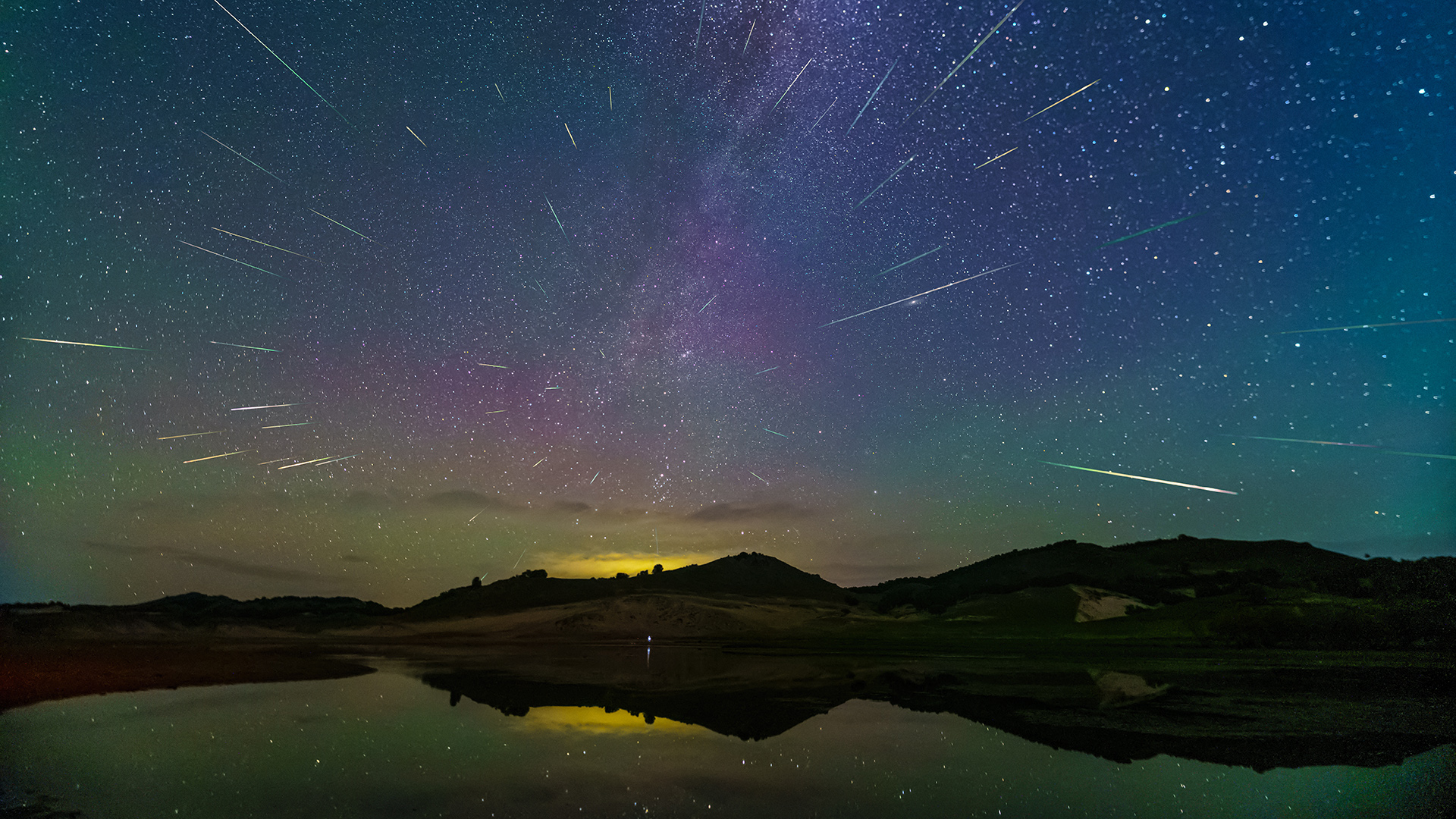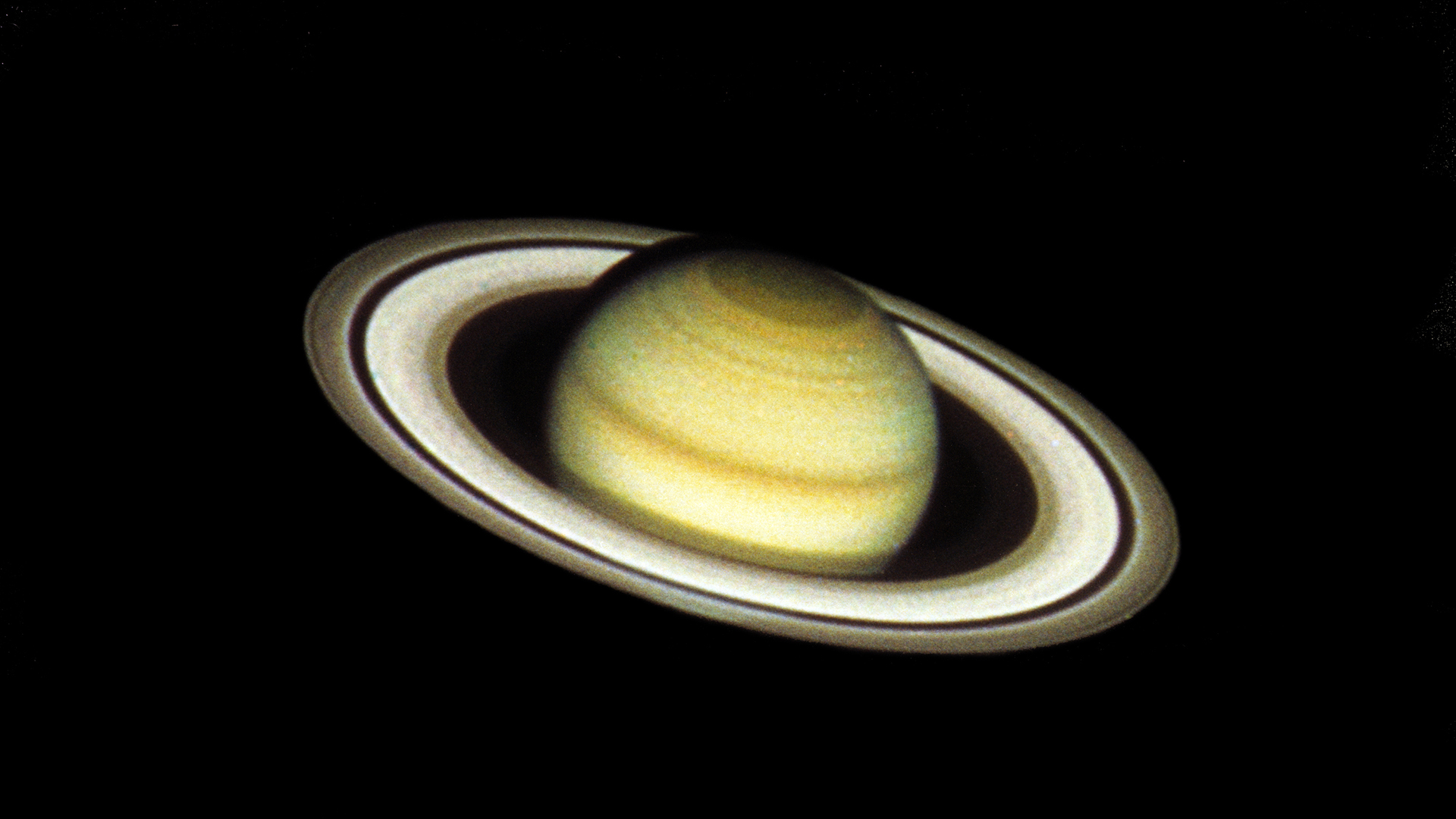
With a celestial schedule of events that astronomy enthusiasts won’t want to miss, the sky in 2024 promises to be spectacular. From a total solar eclipse to bright comets and breathtaking planetary alignments, here are 10 astronomical events to mark in your calendar – most visible without using the best telescopes!
1. Quadrantid meteor shower
The first of three meteor showers that will take place in dark, moonless skies during the forthcoming year, the Quadrantids, will peak on the night of January 3/4, 2024. As many as 60 ‘shooting stars’ per hour will be best seen using just your naked eyes, and they can appear anywhere in the night sky. All you need are clear skies and one of the best winter coats – binoculars and telescopes will make the ‘shooting stars’ harder to see.
2. A bright comet
There’s nothing more likely to catch the imagination than a comet visible at night. Two comets could brighten for us Earthlings in the next 12 months, with Comet Pons-Brooks likely to be visible in March/April 2024 and Comet Tsuchinshan-ATLAS brightening in October 2024. It is hoped that both will be visible to the naked eye, but whatever happens, a small telescope will get you a great view. Here’s how to choose your first telescope.

3. Total eclipse of the sun
Although it’s not technically a night sky sight, an eclipse of the sun is high on the list of all space fans. On 8 April 2024, the moon will completely block the sun as seen only from a 115-mile-wide path of totality that will stretch across North America from Mexico to Canada via the U.S.
Over 32 million people will witness a brief totality when day turns to night, making it possible to glimpse – with naked eyes – the sun’s spectacular and spiky outer atmosphere, the corona. Any pair of the best binoculars will afford great views of totality, though you’ll need something like the Lunt SUNocular 8x32 solar bincoulars for safely viewing the partial phases.
4. Crescent moon and planets
Look west after sunset on 10 April 2024, and you’ll see a slender 7%-lit crescent moon. That’s a beautiful sight with naked eyes, binoculars or a telescope, but tonight, there’s a bonus with Jupiter shining to the lower left. If you have a telescope, this is an ideal opportunity to observe Jupiter and also find the greenish planet Uranus, which will be just above it. Here are the best telescopes for beginners and how to choose and use binoculars for stargazing and astronomy.
5. Eta Aquariid meteor shower
The second major meteor shower of the year will see around 60 ‘shooting stars’ appear during the peak overnight on May 5/6, 2024. Caused by dust and debris left in the solar system by Halley’s comet, the Eta Aquariids can be seen anywhere in the night sky only with the naked eye.
6. Perseid meteor shower
The most famous and the best meteor shower will occur in ideal sky conditions overnight on August 12/13, 2024. As many as 100 shooting stars will be seen during the peak hours and can appear anywhere in the night sky. Hope for clear skies and use only your naked eyes.
7. Mars and Jupiter shine together
There will also be a few close conjunctions of planets in the next 12 months, the highlight being a close pass of Mars and Jupiter on 15 August 2024. The best way to see this event will be through binoculars or, better still, a small telescope. In 2024, dim Uranus will be passed closely, first by Jupiter (20 April 2024) and then by Mars (15 July 2024).

8. Saturn’s rings at their best
Since Earth’s journey around the sun is much shorter than those of the outer planets, it gets between each one and the sun each year. Astronomers call it ‘opposition’. On 8 September 2024, the sun’s full glare will shine on Saturn from Earth’s point of view, making it brighter and 100% visible. It’s also the closest Earth gets to Saturn, which takes 29 years to complete one orbit. You’ll need a small telescope to see Saturn’s rings. Learn about the three different types of telescopes available.
9. Two supermoons in a row
A supermoon is a full moon that occurs near the moon’s closest approach to Earth. Something that happens two or three times a year. There will be supermoons on 18 September 2024 (Harvest Moon) and 17 October 2024 (Hunter’s Moon).
10. Jupiter at its best
The giant planet’s opposition will happen on 6 December 2024, making that date – and the few weeks on either side – the best time to see it at its biggest, brightest and best. Any pair of binoculars will give you a view of its four giant moons (Ganymede, Callisto, Europa and Io), while any small telescope will afford views of its pinkish cloud bands and its Great Red Spot storm.






